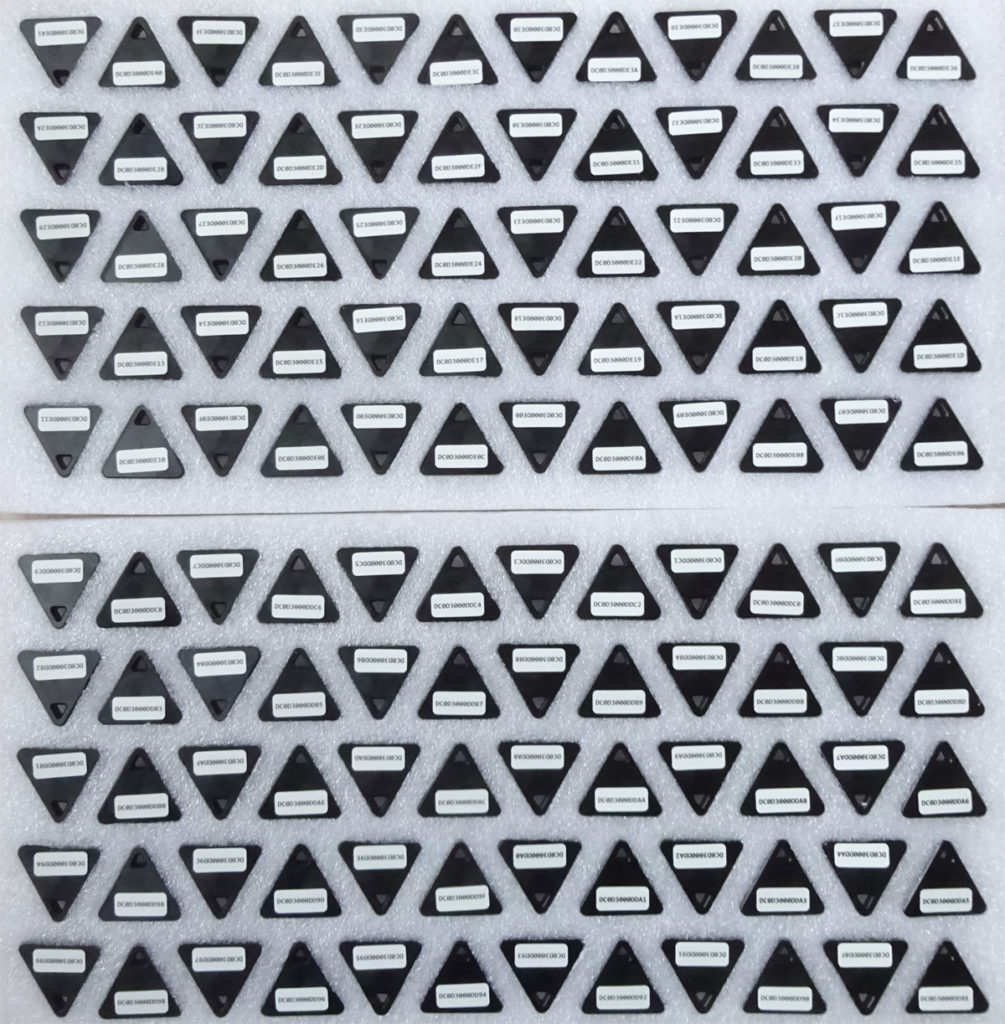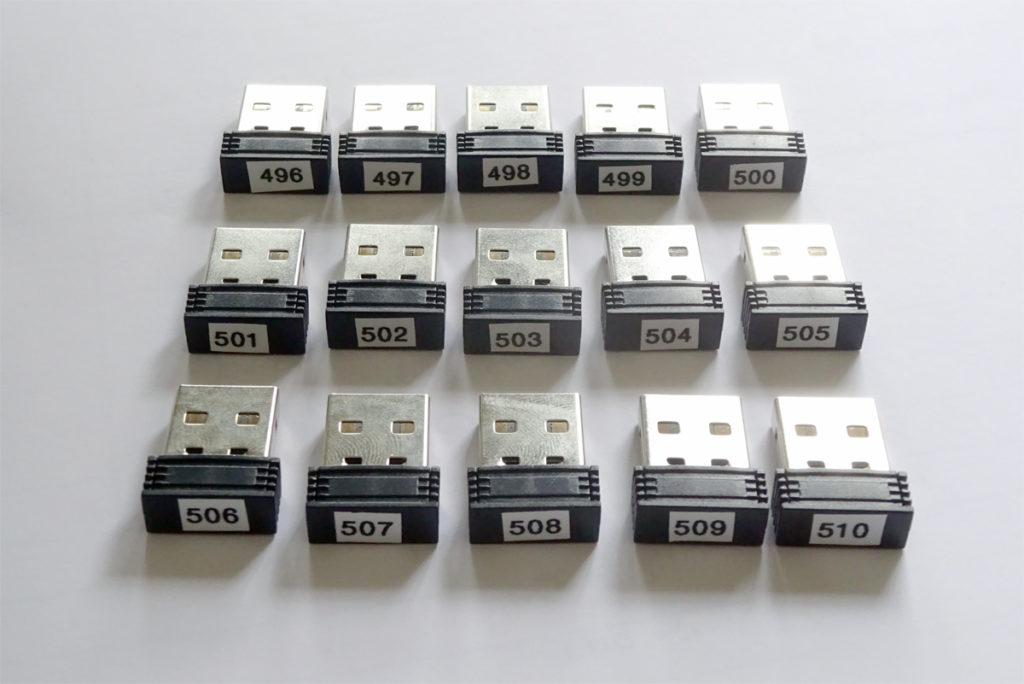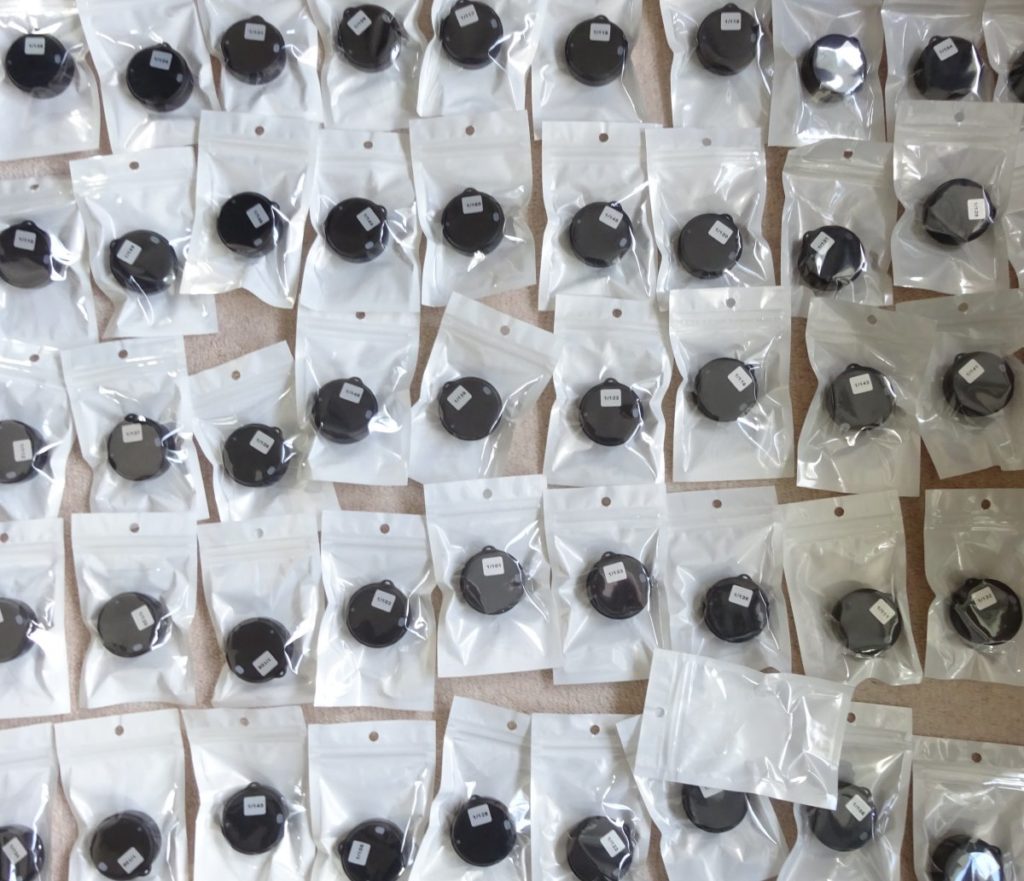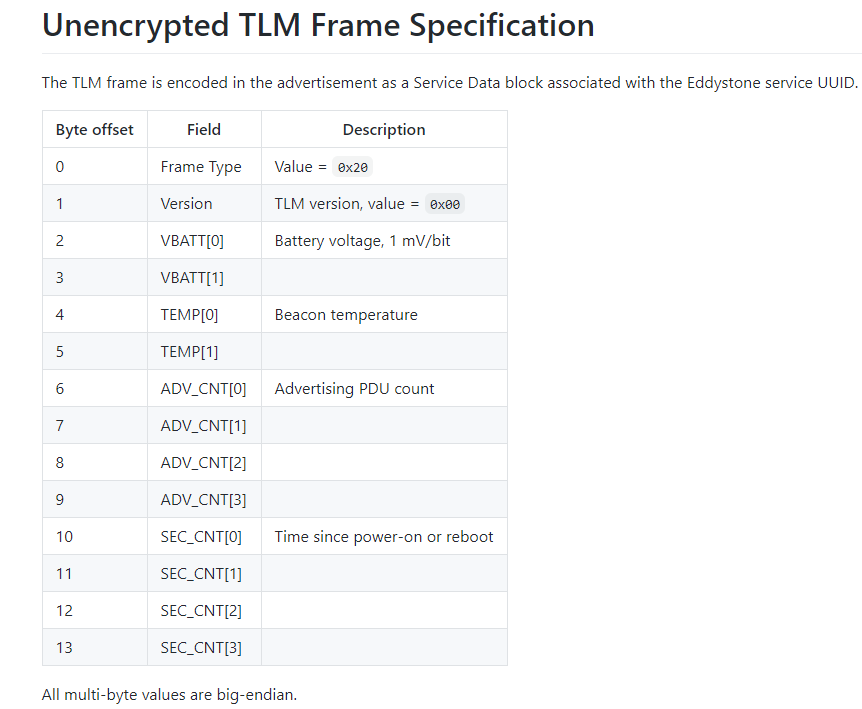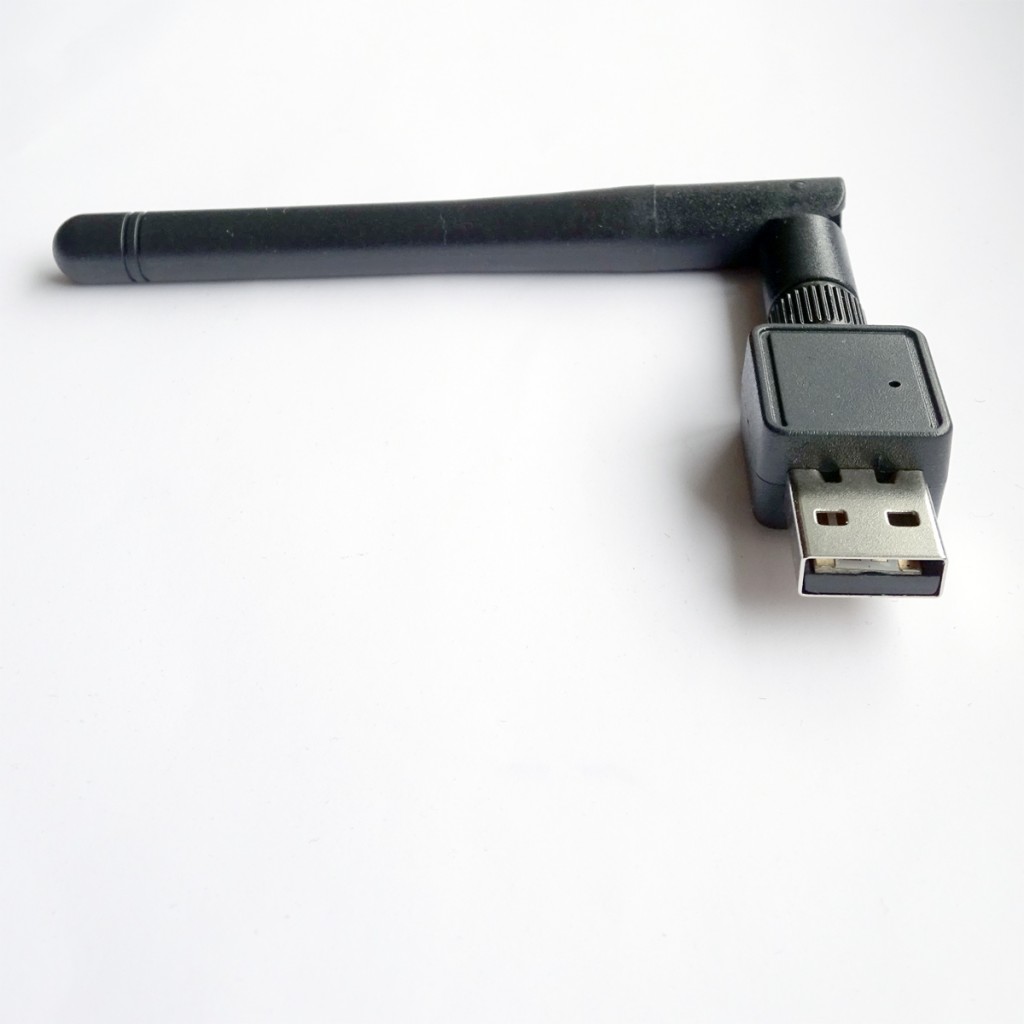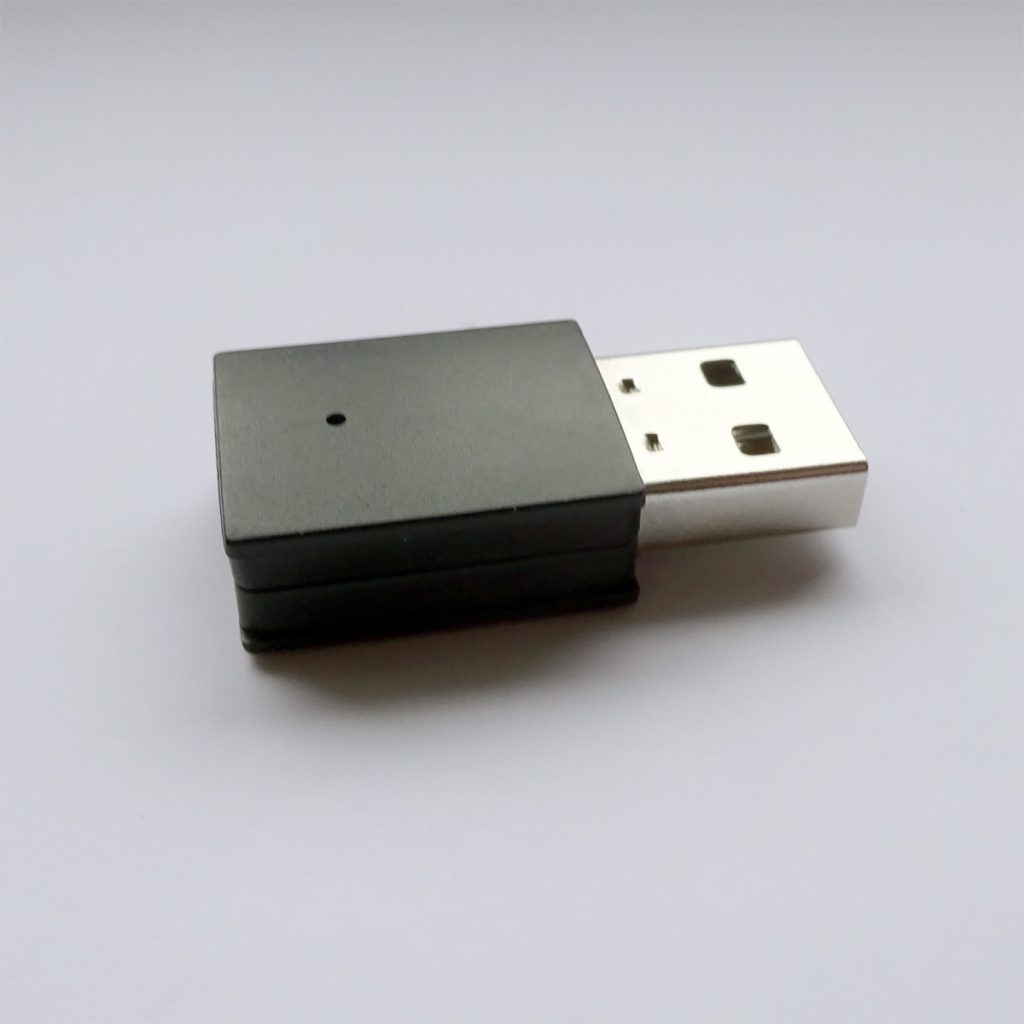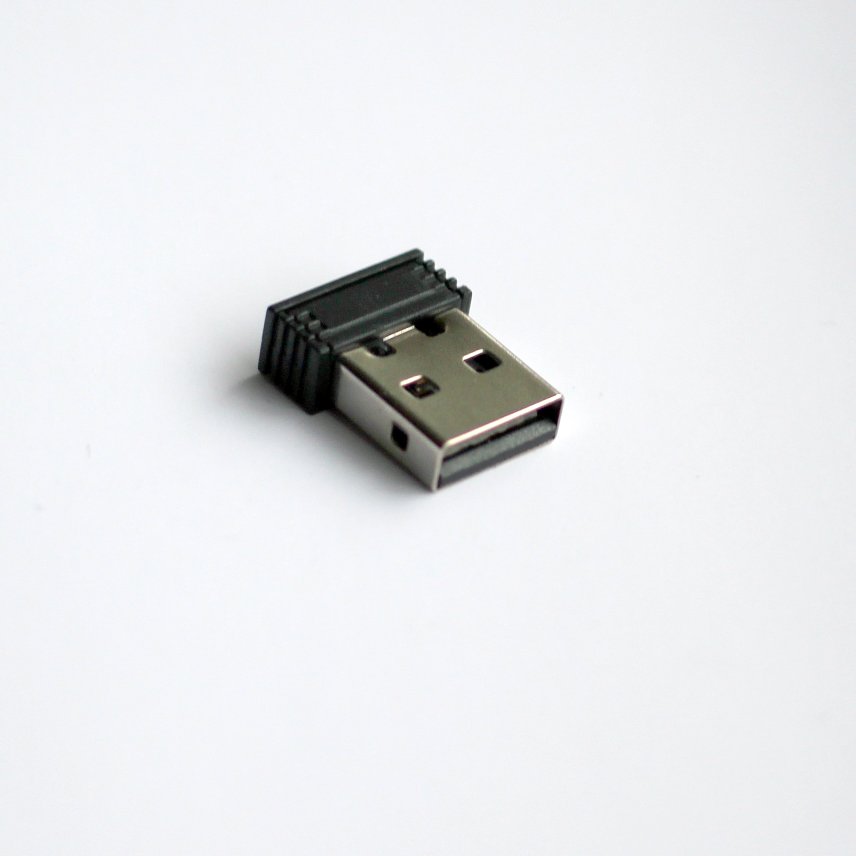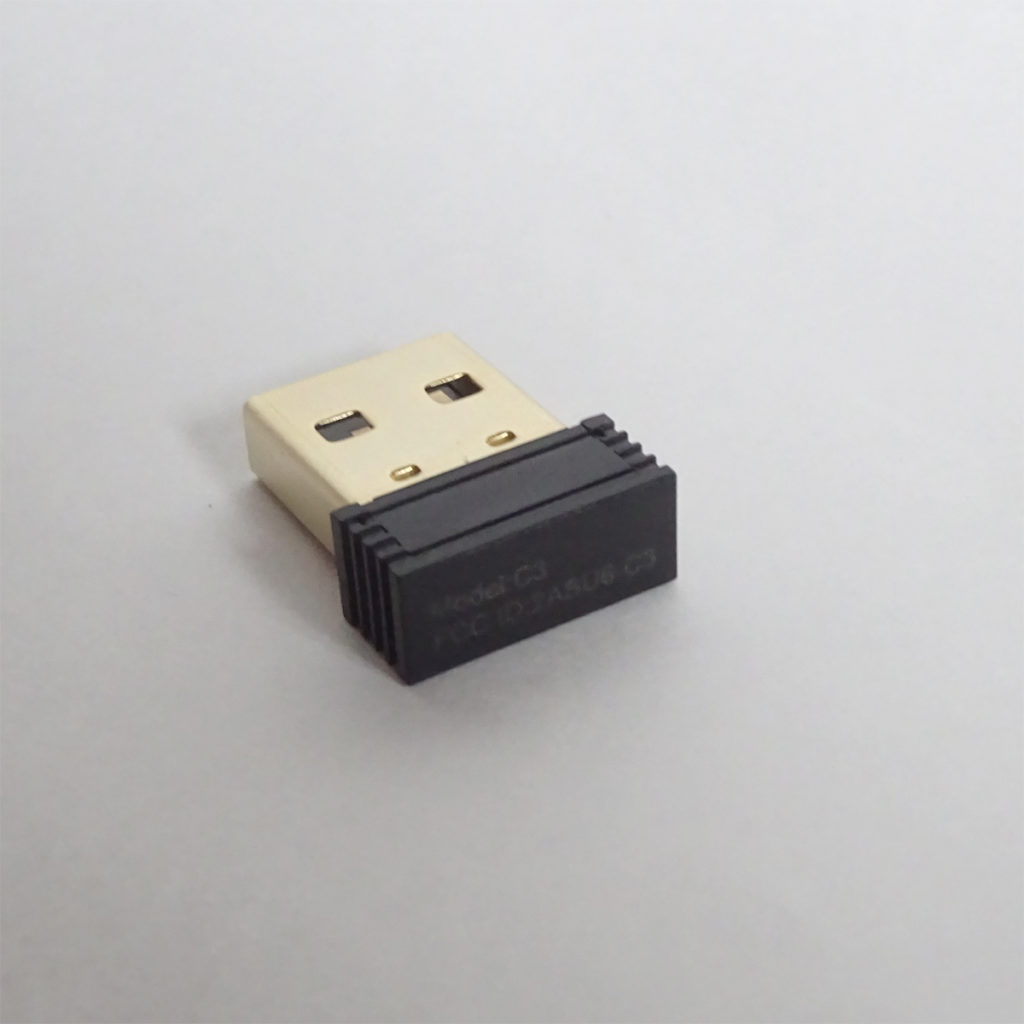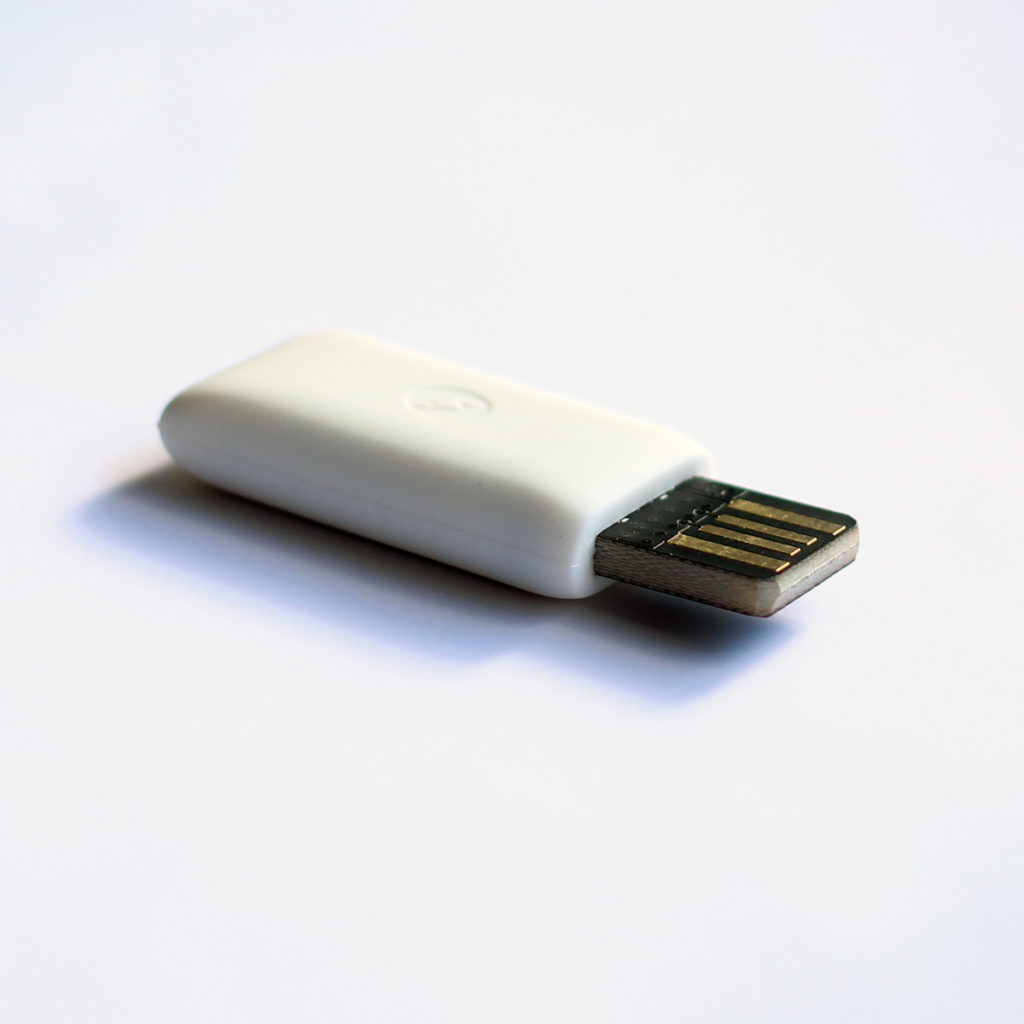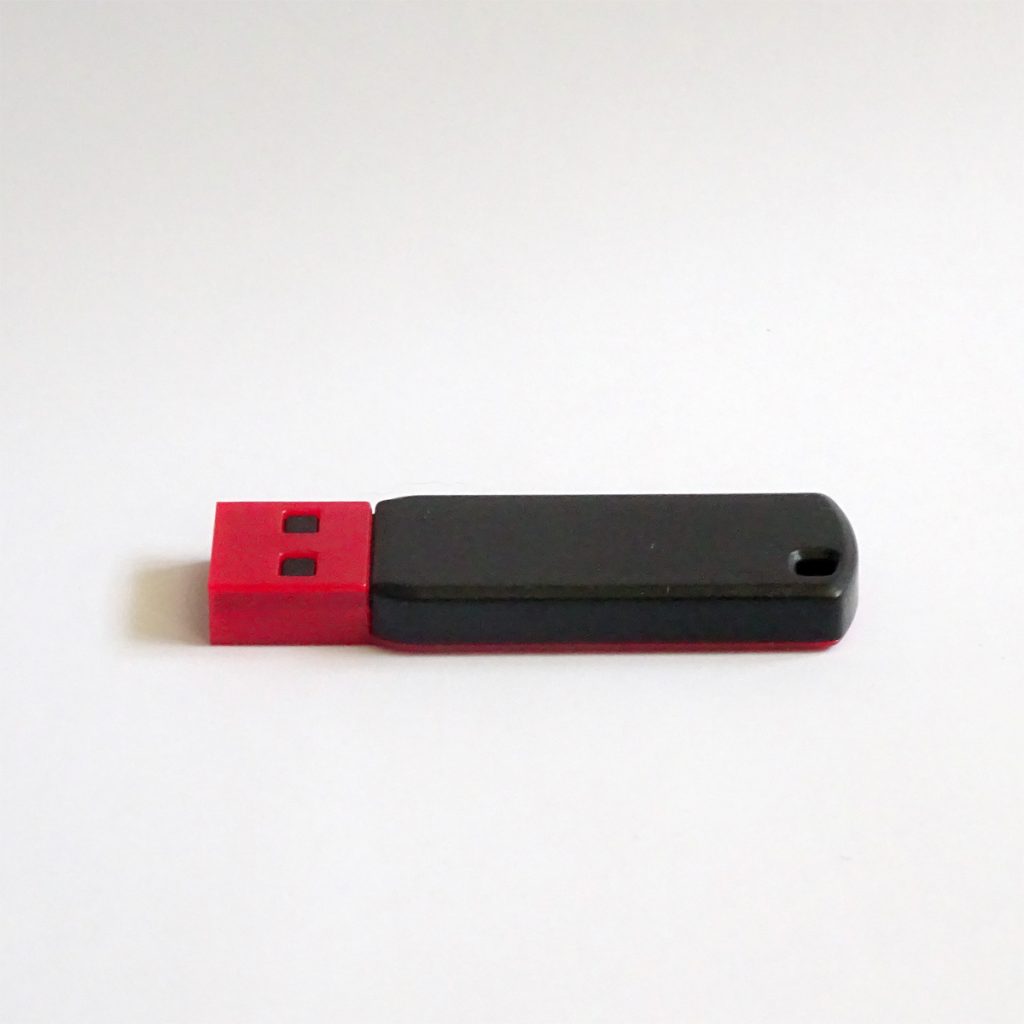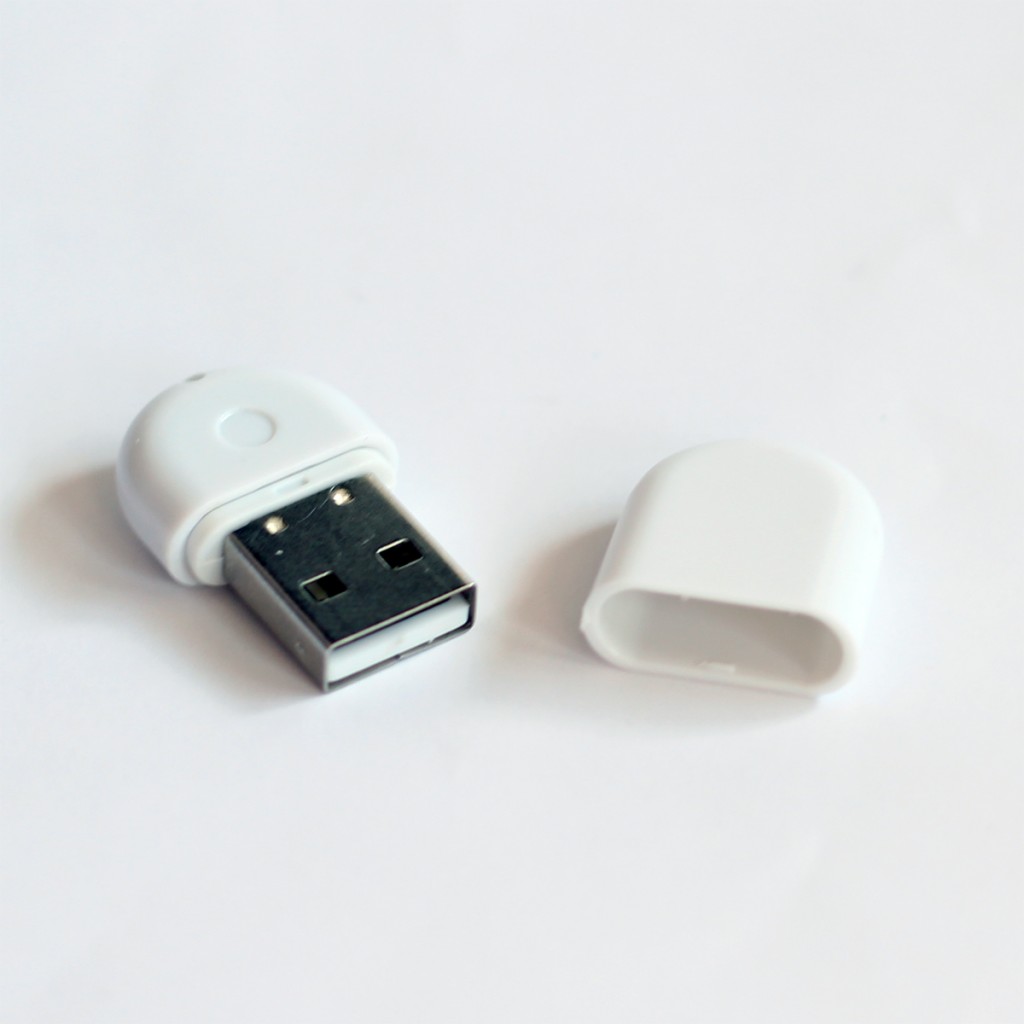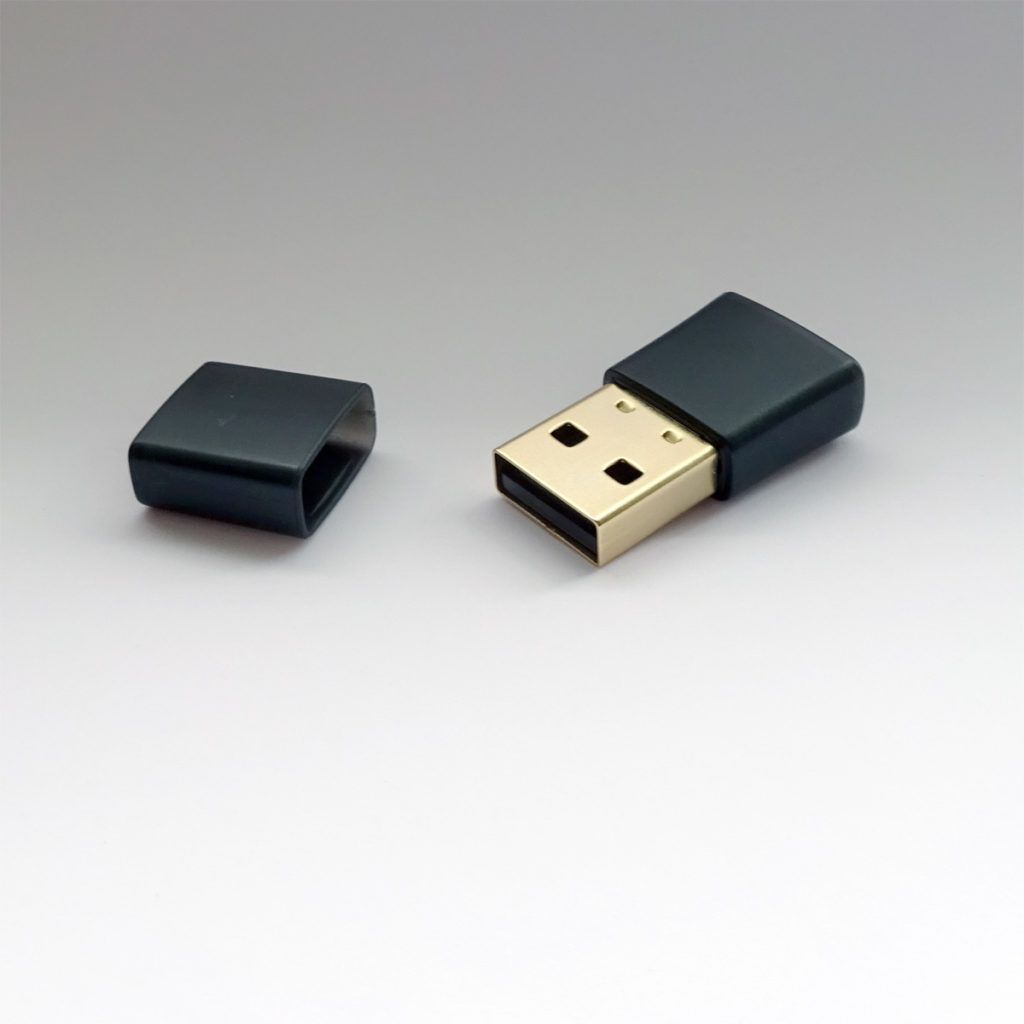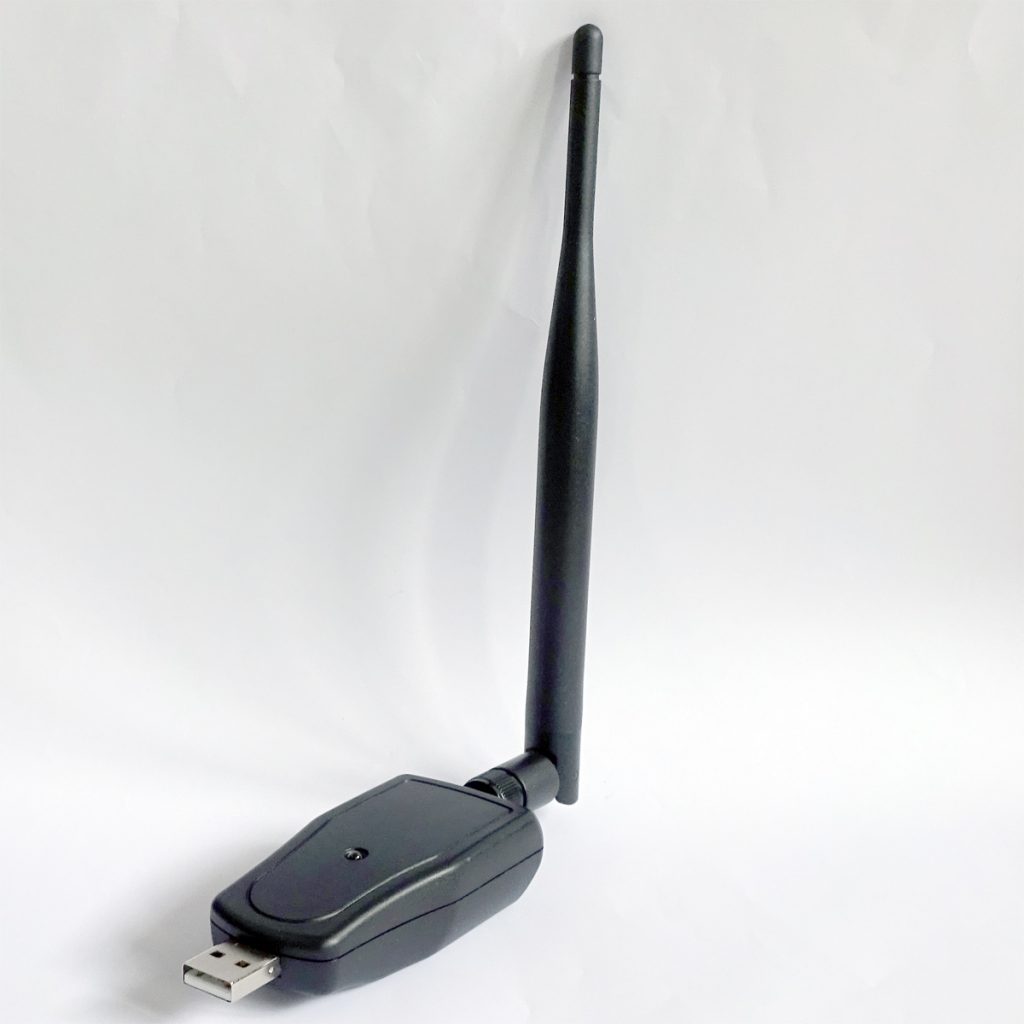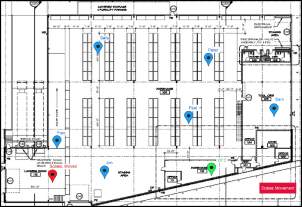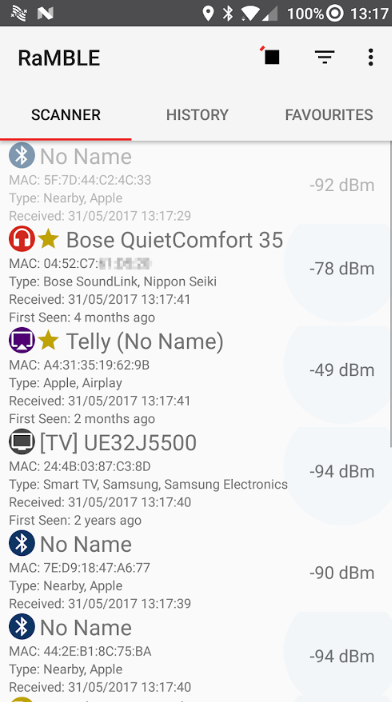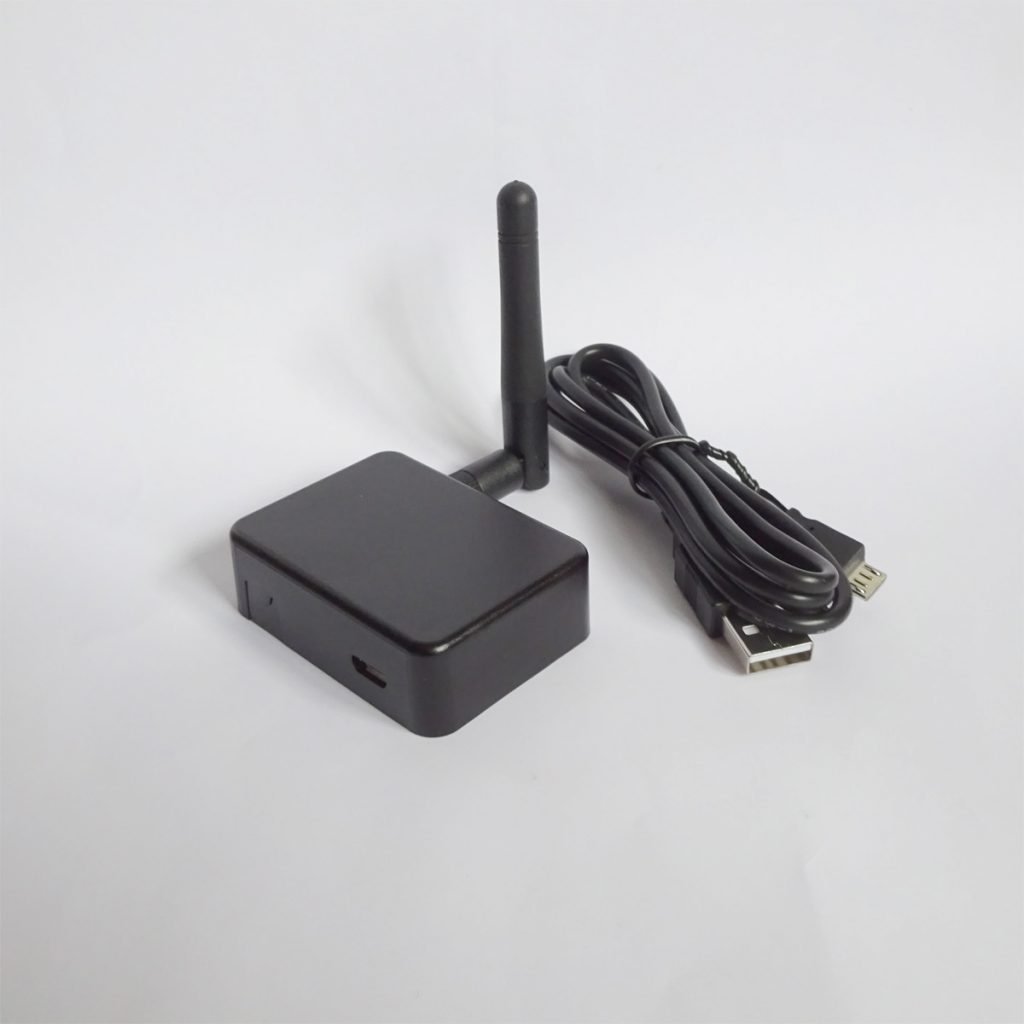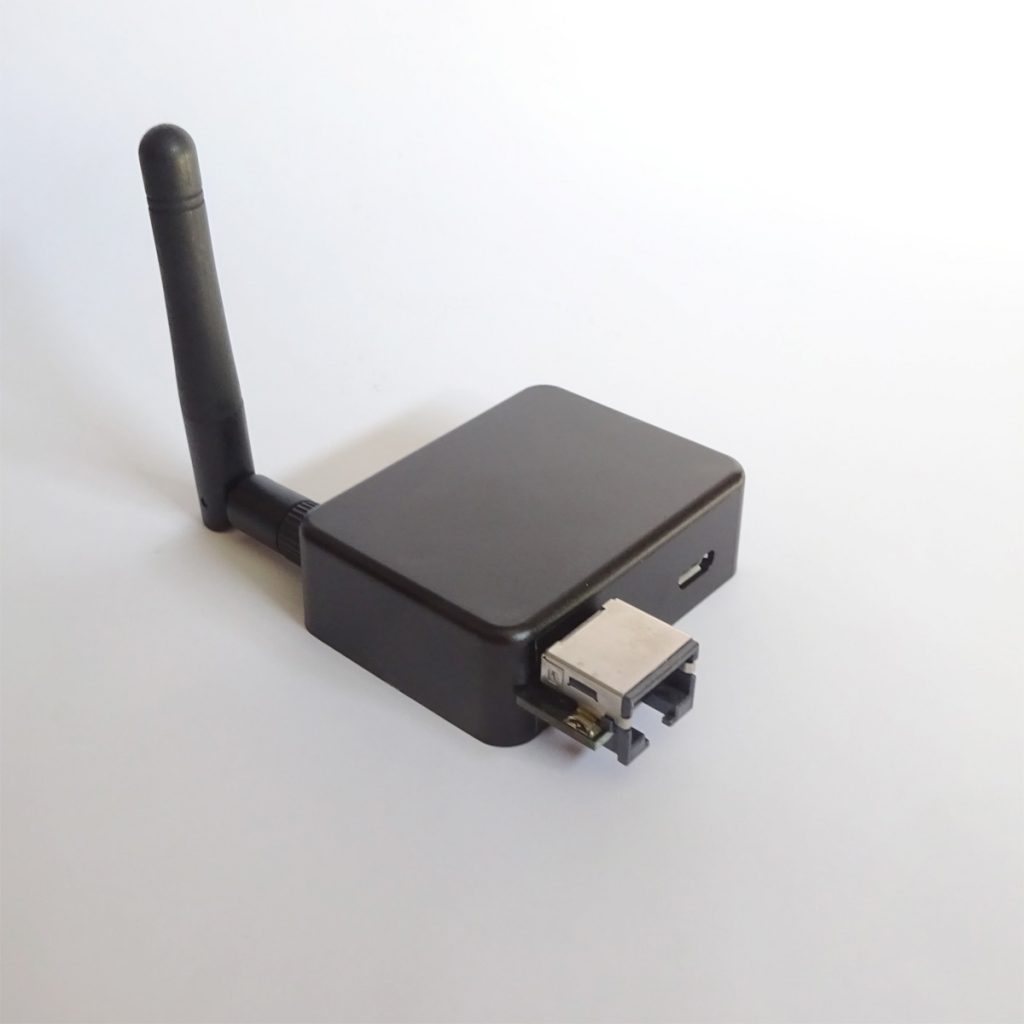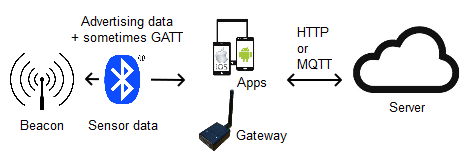A common problem in factories is manual searching for stock for input to manufacturing. Stock is usually stored in boxes or pallets and can be in one of many rooms, warehouses or might already be somewhere on the factory floor. A large amount of stock arrives and leaves every day leading to logistical challenges keeping up with the whereabouts of goods. Timely delivery of components or sub-assemblies is critical to ensure smooth flowing of production and making best use of factory resources.
Manual paper-based processes are extremely inefficient and prone to human error. Old fashioned RFID or barcodes are also susceptible to error because data is only as up to date as the last scan and a recent scan might not have occurred.
Bluetooth is an ideal technology for solving this problem because it provides real-time location. We previously wrote about the advantages of using beacons in industry and how Bluetooth is suitable for use on the electrically noisy factory floor.
We offer multiple solutions for tracking stock and can adapt them to your exact needs, for example integrating with your existing systems. Once you have a tracking system in place you can use it for extra purposes such as locating jobs/work orders, monitoring machine/people capacity and providing for location based instruction/tasks. Sensing open/closed, on/off and quantities such as temperature and vibration enables diagnostics, monitoring and prognostics.
Read about Asset and Pallet Tracking for Manufacturers
